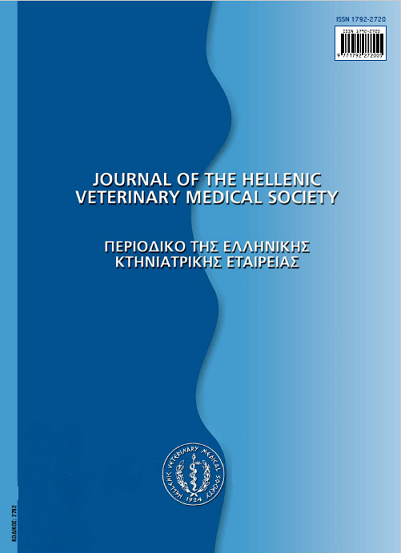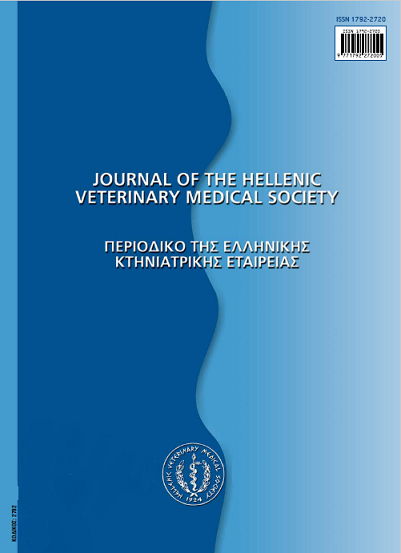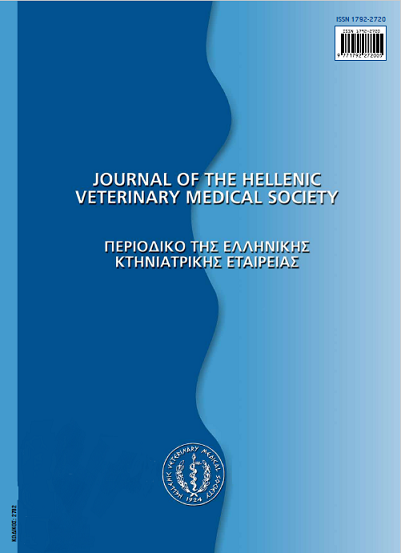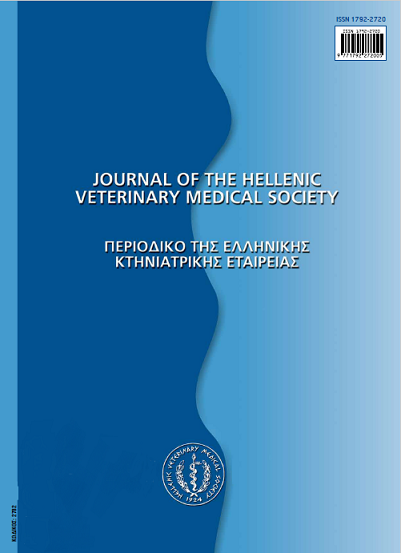Lactate in intensive care unit
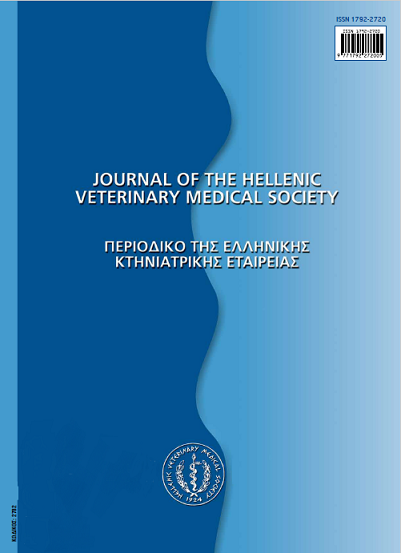
Abstract
Lactate is produced in cells under anaerobic conditions. Hyperlactatemia is the increase of the plasma lactateconcentration and lactic acidosis is the elevation in lactate concentration with a decrease in arterial pH. Hyperlactatemia and lactic acidosis are common in shock, but may also occur in many other clinical syndromes. Clinical studies in humans have reported that lactate concentration may contribute to the diagnosis of diseases in an intensive care unit and the estimation of the prognosis. In veterinary literature, clinical trials on lactate concentration in critical patients are rare, however, there are reports indicating its potential significance. Moreover, the severity of disease is linked to high lactate concentrations in the arterial blood, which is considered to be a negative prognostic index, at least in dogs. Lactate is formed in skeletal muscles, brain, heart, skin, intestinal tract, red and white blood cells. In the liver and kidneys it is metabolized up to 50%. In most human cases in intensive care units, hyperlactatemia and lactic acidosis are the result of hypoxia and tissue hypoperfusion. These patients are in a great risk of developing multi-organ failure and they present with high mortality rates. The persistent systemic acidosis affects myocardial contractility, reduces cardiac output and organ perfusion and leads to severe hypoxia. The causes of hyperlactatemia are: high glycolytic flux (alkalosis, release of catecholamine), high production of pyruvate acid and increased metabolic state conditions. Lactic acidosis may be of type A or type B. Lactate concentration can be measured either in whole blood or plasma by two methods: enzymatic chromatography and enzymatic amperometry. The lactate measurement in intensive care units is important, as it can be used to assess organ hypoperfusion and hypoxia, effectiveness of treatment and prognosis of various pathological conditions, such as septic peritonitis, gastric volvulus, pyometra and babesiosis. The treatment of lactic acidosis depends on the severity and management of the underlying disease. The goal of treatment is adequate tissue perfusion and oxygenation, which is achieved by ventilation and fluid therapy. The microbial infections are treated with antibiotics. The use of bicarbonate is still controversial.
Article Details
- How to Cite
-
PAVLIDOU (Κ. ΠΑΥΛΙΔΟΥ) K., SAVVAS (Ι. ΣΑΒΒΑΣ) I., & KAZAKOS (Γ. ΚΑΖΑΚΟΣ) G. (2017). Lactate in intensive care unit. Journal of the Hellenic Veterinary Medical Society, 60(4), 553–562. https://doi.org/10.12681/jhvms.14942
- Issue
- Vol. 60 No. 4 (2009)
- Section
- Review Articles
Authors who publish with this journal agree to the following terms:
· Authors retain copyright and grant the journal right of first publication with the work simultaneously licensed under a Creative Commons Attribution Non-Commercial License that allows others to share the work with an acknowledgement of the work's authorship and initial publication in this journal.
· Authors are able to enter into separate, additional contractual arrangements for the non-exclusive distribution of the journal's published version of the work (e.g. post it to an institutional repository or publish it in a book), with an acknowledgement of its initial publication in this journal.
· Authors are permitted and encouraged to post their work online (preferably in institutional repositories or on their website) prior to and during the submission process, as it can lead to productive exchanges, as well as earlier and greater citation of published work.





